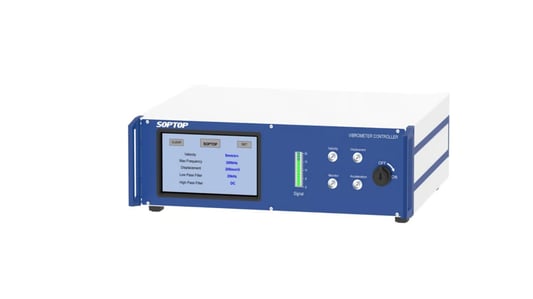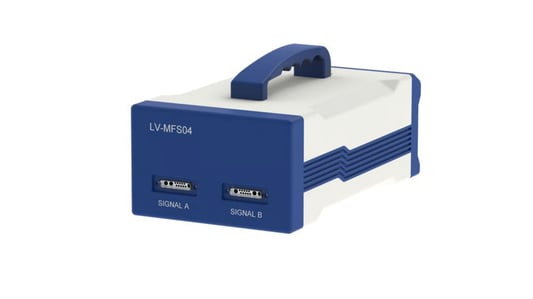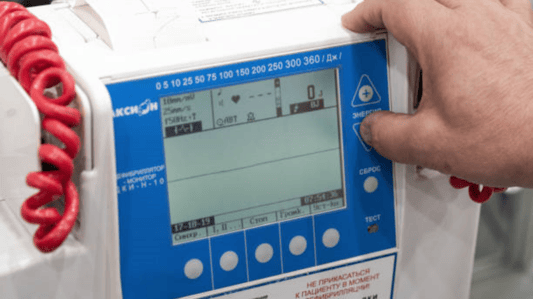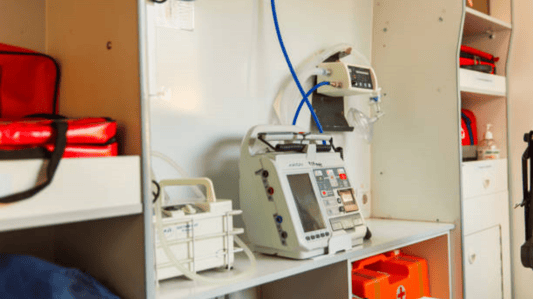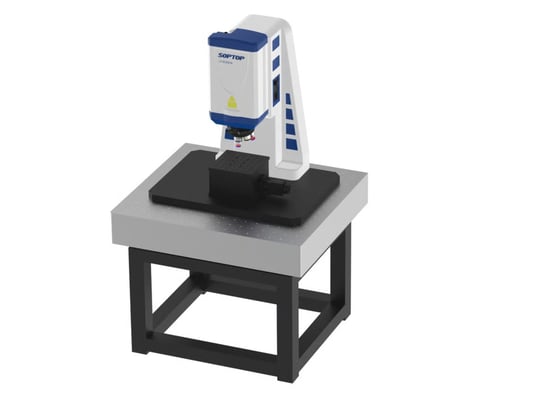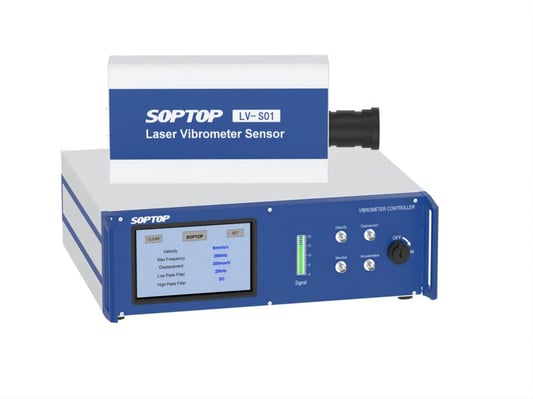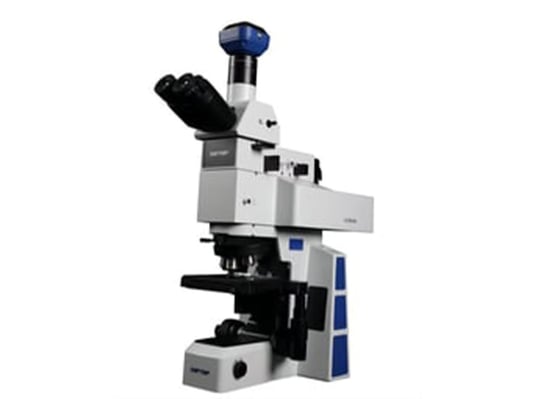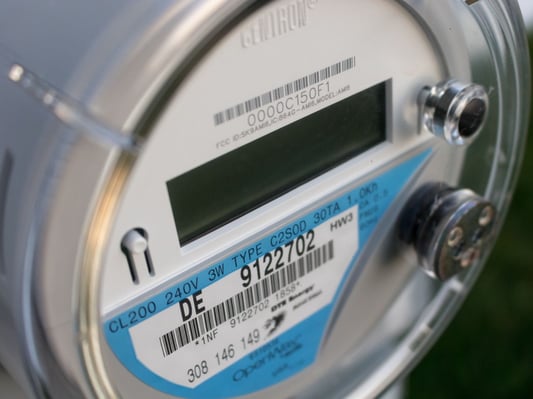Industrial Machinery Monitoring Vibrometers are commonly used in industries to monitor the vibrations of machinery. By detecting any abnormal vibrations, potential malfunctions can be identified and addressed before they escalate, minimizing downtime and costly repairs. Aerospace Engineering In the aerospace industry, vibrometers are used to test the structural integrity of aircraft and spacecraft. They can detect any irregular vibrations that may jeopardize flight safety, allowing engineers to make necessary adjustments for optimal performance. Automotive Testing Vibrometers play a crucial role in automotive testing, helping engineers evaluate the performance of various vehicle components such as engines, suspensions, and tires. By measuring vibrations, they can identify areas for improvement in design and functionality. Civil Engineering In civil engineering, vibrometers are utilized to assess the structural health of buildings, bridges, and other infrastructure. By monitoring vibrations, engineers can detect potential weaknesses or damage, ensuring the safety and stability of the built environment. Medical Research Vibrometers are used in medical research to study the biomechanics of the human body. They can measure vibrations in tissues and organs, providing valuable insights into musculoskeletal disorders, neurological conditions, and other health-related issues. Seismic Monitoring Vibrometers are employed in seismic monitoring to detect and analyze ground vibrations caused by natural phenomena such as earthquakes and volcanic activity. They help researchers and seismologists study the earth's crust and predict potential seismic events. Material Testing In material science, vibrometers are essential for testing the mechanical properties of materials such as metals, composites, and ceramics. By measuring vibrations, researchers can assess the stiffness, elasticity, and durability of different materials for various applications. Environmental Monitoring Vibrometers are used in environmental monitoring to detect vibrations caused by human activities, such as construction, drilling, or traffic. They help assess the impact of these activities on the natural environment and wildlife habitats, guiding conservation efforts. Sports Science Vibrometers are utilized in sports science to analyze the movements and performance of athletes. By measuring vibrations during physical activities, researchers can evaluate biomechanics, optimize training programs, and prevent injuries in sports professionals. Structural Health Monitoring Vibrometers are instrumental in structural health monitoring systems for buildings, bridges, dams, and other critical infrastructure. They continuously monitor vibrations to detect any changes in structural conditions, ensuring the safety and longevity of civil engineering projects. Quote InquiryContact us!


